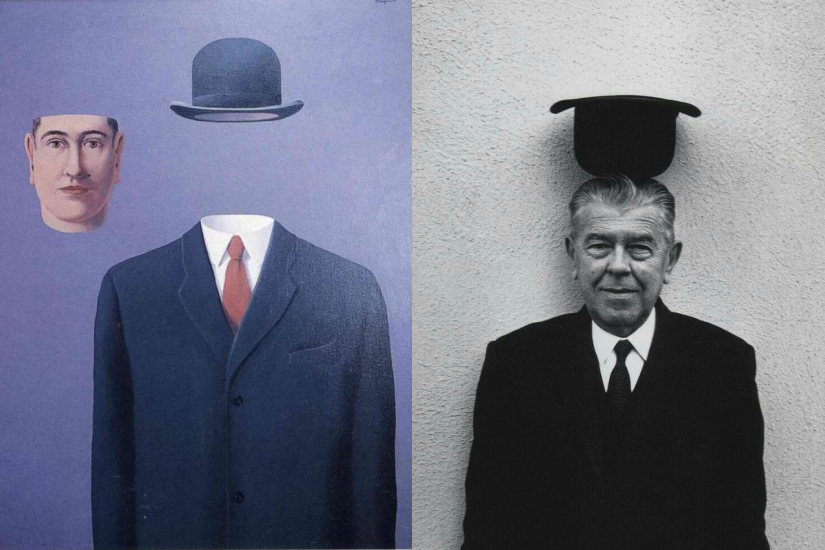Whenever surrealism paintings are mentioned, the shadow of René Magritte’s works is indispensable. Just in the recent Paris Sotheby’s contemporary art evening auction, Magritte’s 1950 painting “The Art of Conversation” topped the auction with a record-breaking price of nearly 110 million Hong Kong dollars! What charm do the works of this surrealist art master possess that makes them repeatedly sought after by collectors? And what influences have affected this art master’s creative techniques and style? To truly understand Magritte, we must know the following 5 lesser-known facts about his life experiences!
1. The inspiration for the classic work comes from the shadow of the mother’s suicide.
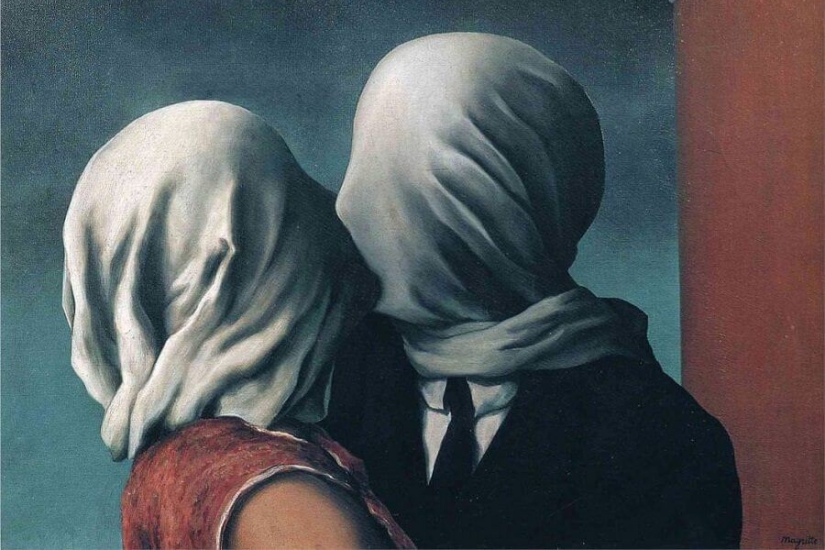
René Magritte was born in late 1898 in Lessines, Belgium, the eldest son of a manufacturing family. His mother suffered from a long-term mental illness and her mental health was not very stable. She later chose to end her life in the river. It is said that the 14-year-old Magritte witnessed his mother’s body being pulled out of the water, her skirt floating up to cover her face, a scene that haunted Magritte’s mind. Over the next few years, the artist’s work occasionally featured white cloth covering the faces of figures, becoming a poignant symbol of symbolism.
2. Once personally “delivered” the affair partner to his wife
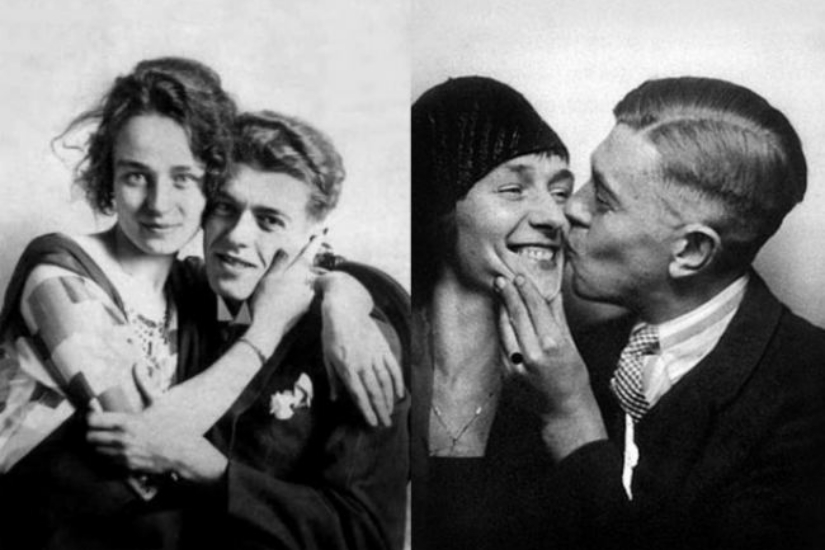
Magritte’s true love was a woman named Georgette Berger, whom he met at a young age and stayed with until old age. They got married in 1922, but both had affairs at different times. When Magritte had an affair with a young artist named Sheila Legg, he arranged for his friend Paul Colinet to keep his wife company in an attempt to distract her. Unexpectedly, his “companion” ended up leading to an extramarital affair, and his wife even once requested a divorce. However, they eventually compromised, ended things with their lovers, returned to each other’s arms, and stayed together until old age.
3. The first exhibition of life ended in failure.
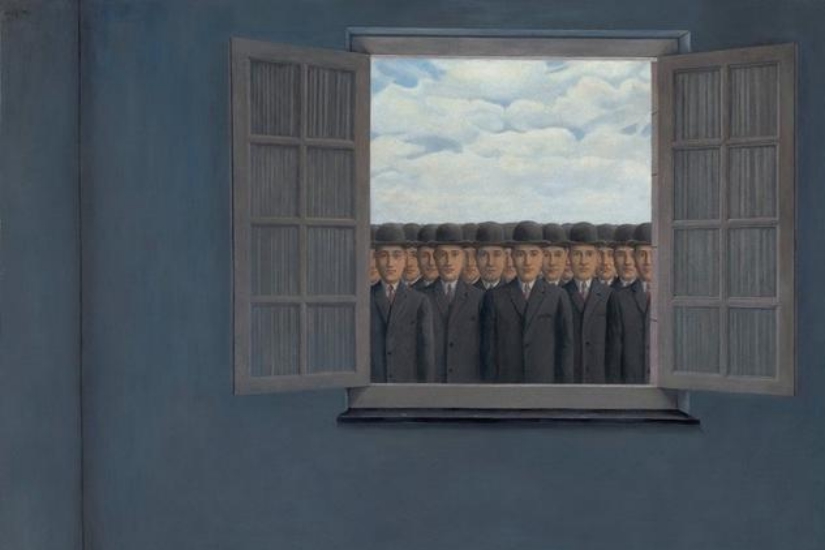
Magritte’s first official exhibition took place in 1927 in Brussels, where it received strong reactions from critics. Feeling discouraged, he moved to Paris, where he met the founder of Surrealism, André Breton. Inspired by friends in music and the arts, he participated in the creation of a work titled “Surrealism in the Sun.” After spending several years regaining his creative spark and moving back to Belgium, he finally began to find economic success. By the early 1930s, Magritte’s artwork was selling well and gaining a following.
Before becoming famous, he worked in the advertising industry.
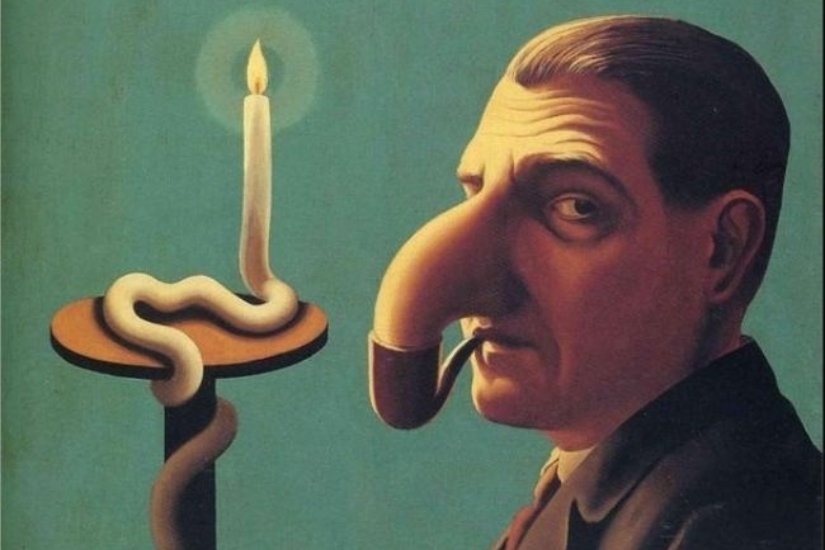
In 1916, Magritte left his hometown for Brussels, where he worked at a wallpaper company for a period of time and learned the skills of creating advertising posters. This commercial aestheticism and pursuit of efficiency undoubtedly influenced his later works. Even after becoming an internationally renowned artist, he did not abandon the commercial world, but continued to apply different advertising strategies to his artistic creations. This iconic imagery also made his works a symbol for many large corporations.
5. Once passionate about photography and film production but not valued.

Apart from his professional pursuits, Magritte often dabbled in photography in his spare time, but unfortunately his photographic works were not as highly regarded as his paintings. Later on, his passion for photography extended to filmmaking, and he frequently appeared in self-written and self-directed films in minor roles. Although these works did not gain as much popularity as his paintings, the experience he gained from them inspired his oil painting creations to some extent.

